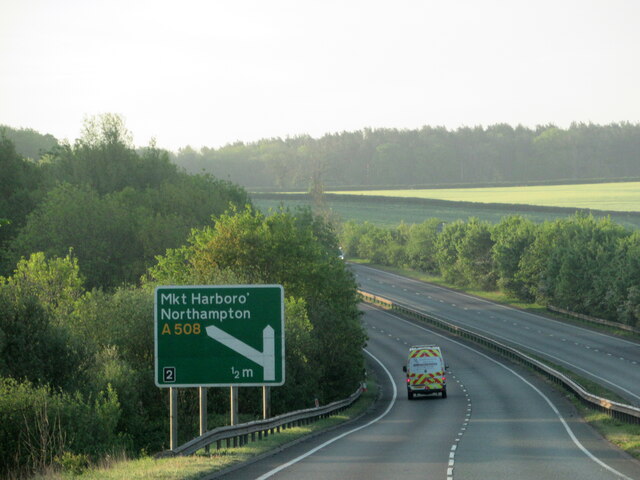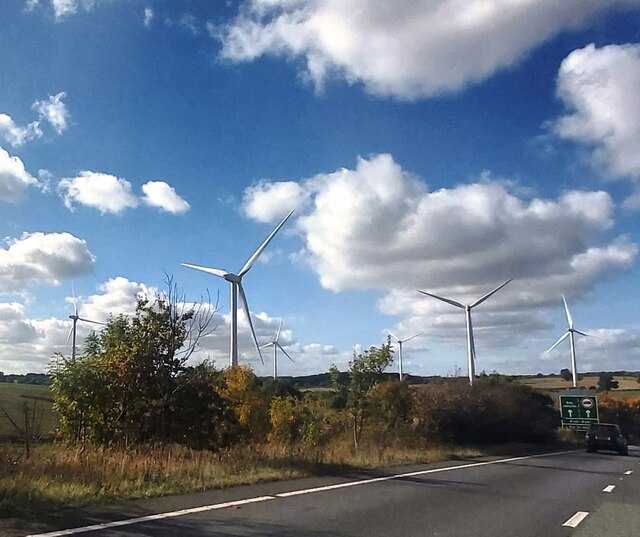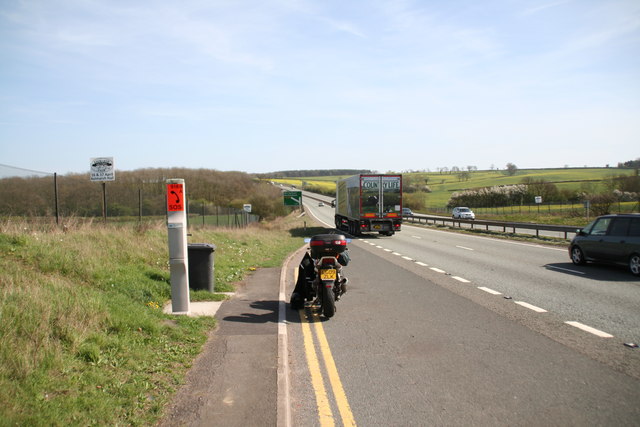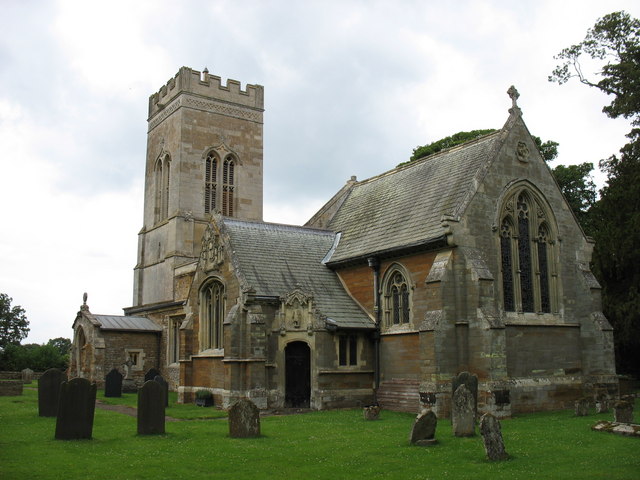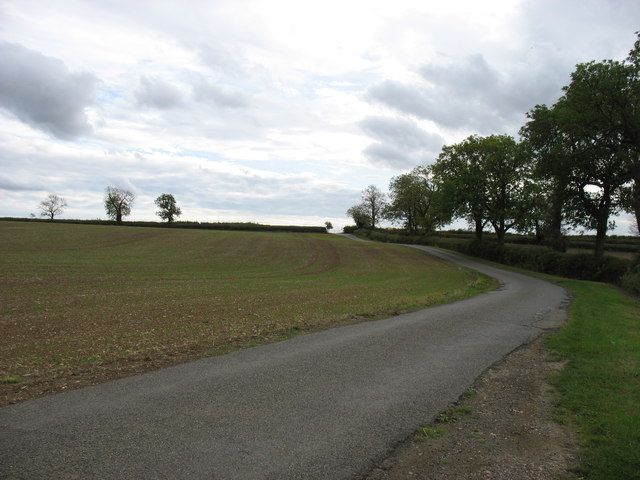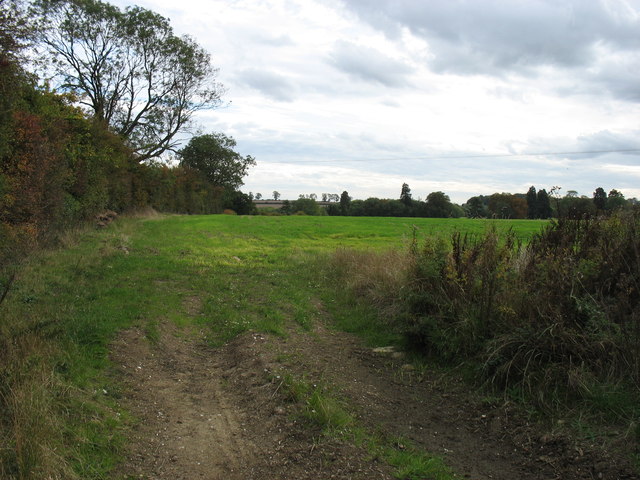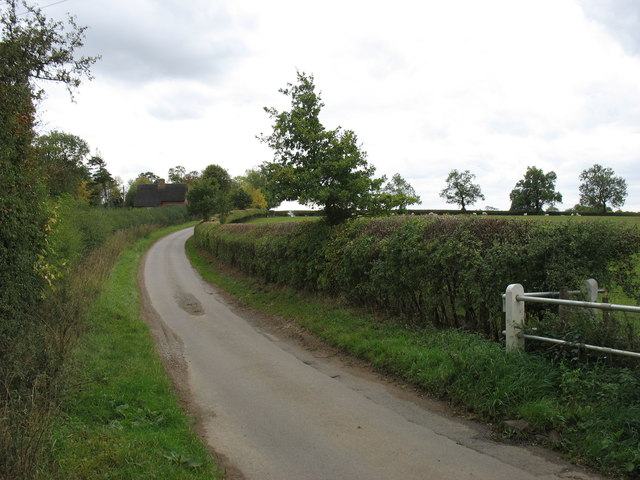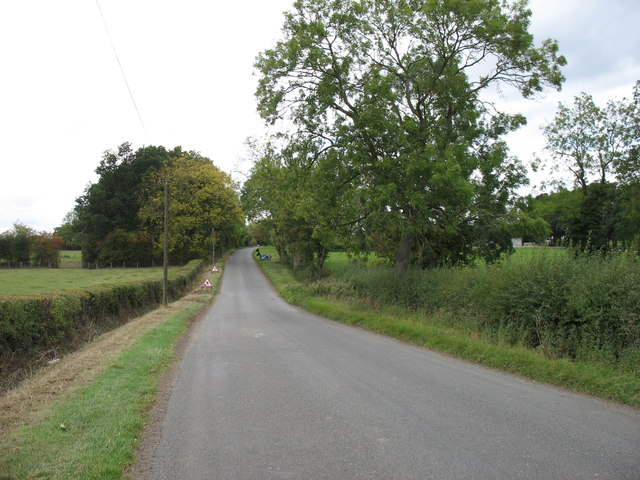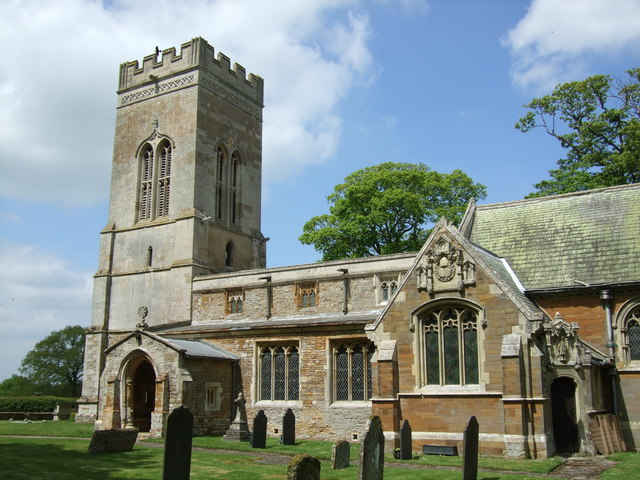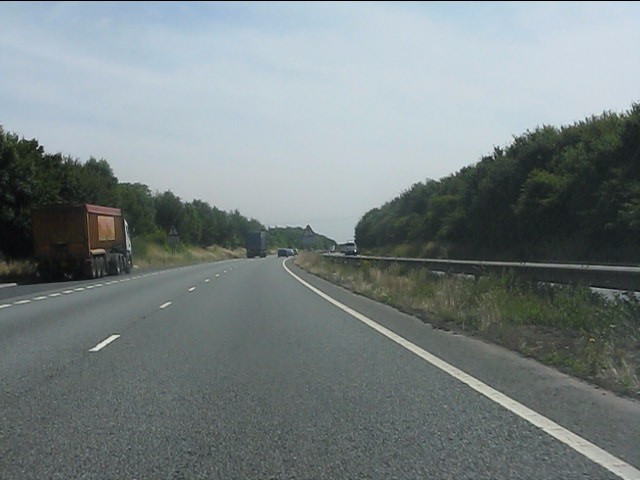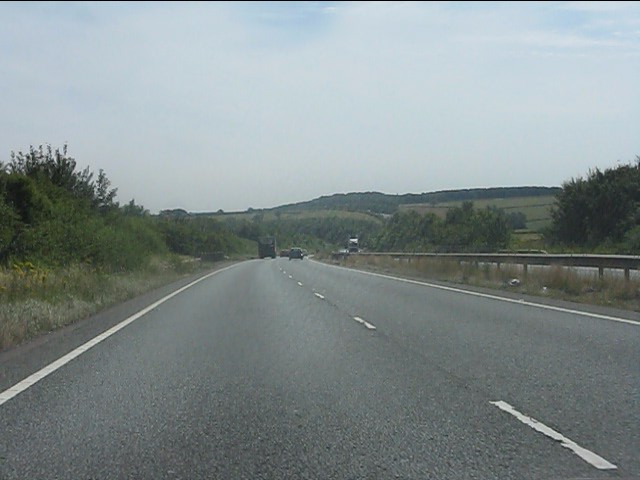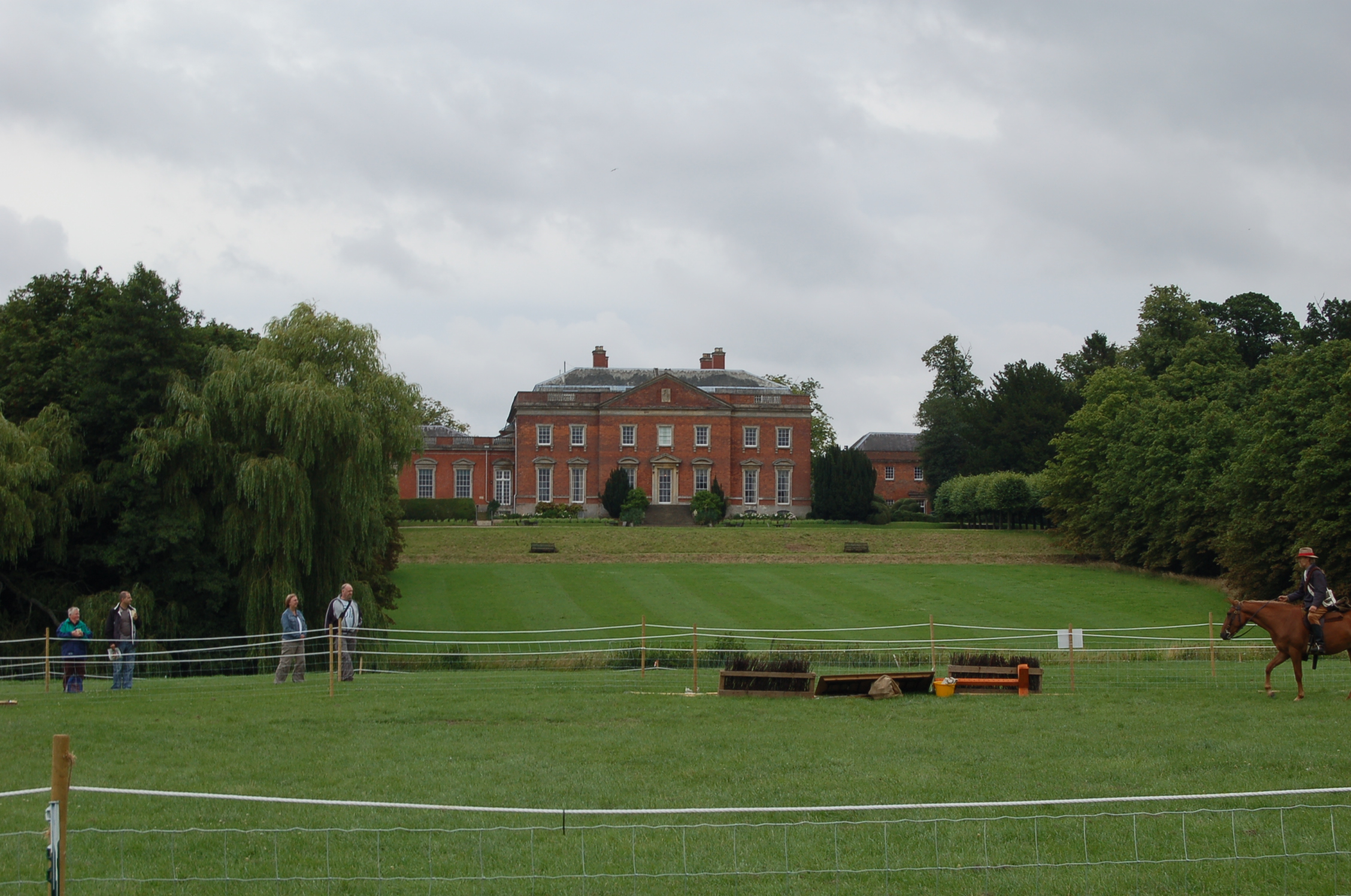Haselbech
Civil Parish in Northamptonshire
England
Haselbech
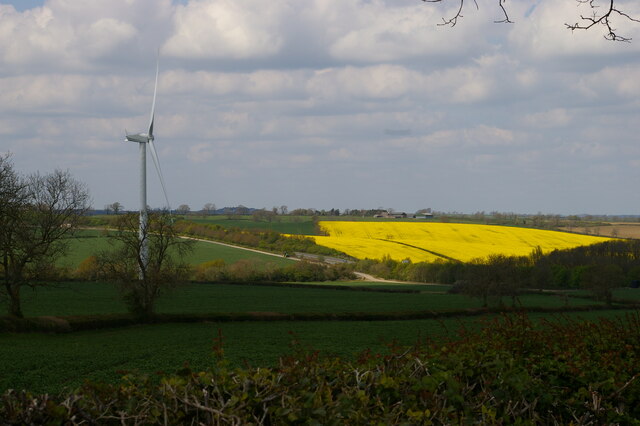
Haselbech is a small civil parish located in the county of Northamptonshire, in the East Midlands region of England. It is situated approximately 8 miles northeast of the town of Daventry and about 17 miles west of the city of Northampton. The parish covers an area of around 1,200 acres and has a population of just over 100 residents.
The village of Haselbech is known for its picturesque rural setting, surrounded by open countryside and farmland. It has a traditional English village feel, with a mix of period cottages and more modern houses. The architecture is predominantly made up of stone and brick buildings, giving the village a charming and timeless aesthetic.
The community in Haselbech is close-knit and friendly, with a strong sense of community spirit. The village has a small church, St. Michael and All Angels, which dates back to the 12th century and is a focal point for local religious activities.
Despite its small size, Haselbech has a rich history. It was mentioned in the Domesday Book of 1086 and has been inhabited since Roman times. The village also played a role in the English Civil War, with a battle taking place nearby in 1645.
Today, Haselbech offers a peaceful and idyllic setting for its residents. It is a popular destination for those seeking a quiet rural lifestyle, with its beautiful countryside, walking trails, and proximity to larger towns and cities.
If you have any feedback on the listing, please let us know in the comments section below.
Haselbech Images
Images are sourced within 2km of 52.389526/-0.952618 or Grid Reference SP7177. Thanks to Geograph Open Source API. All images are credited.
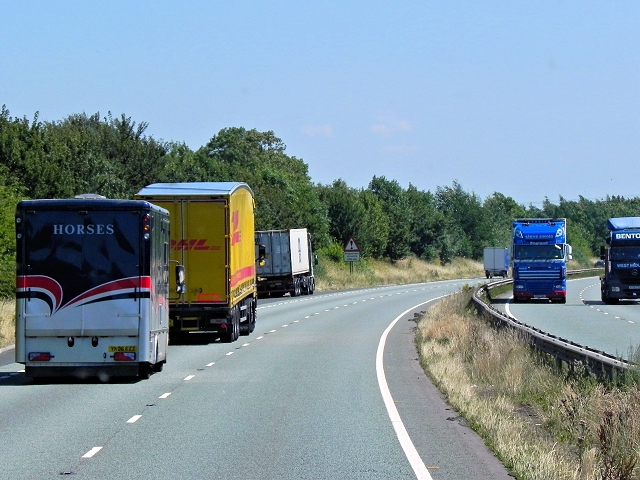
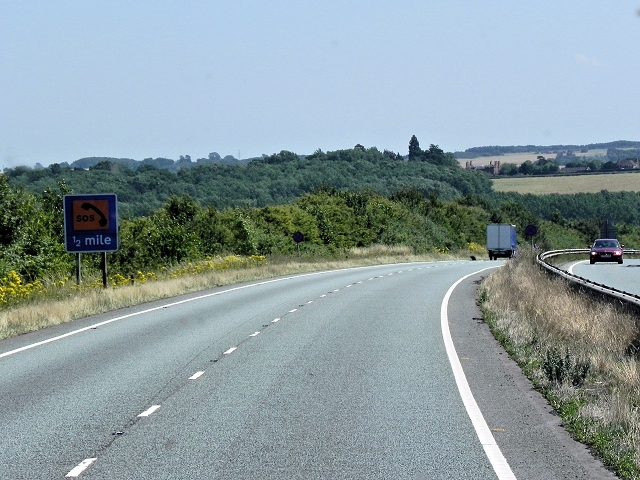
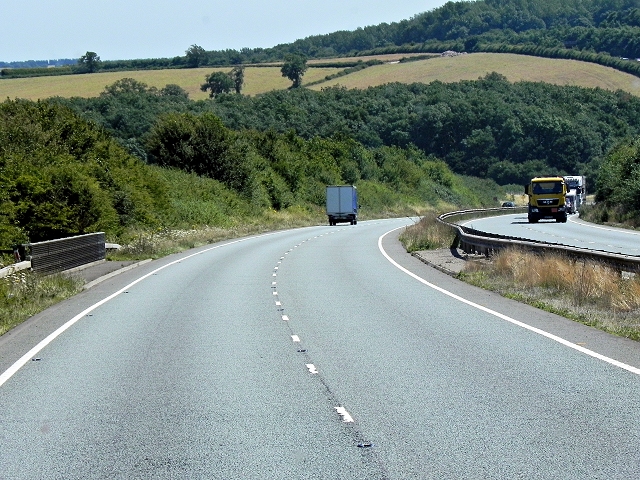
Haselbech is located at Grid Ref: SP7177 (Lat: 52.389526, Lng: -0.952618)
Unitary Authority: West Northamptonshire
Police Authority: Northamptonshire
What 3 Words
///announce.villager.livid. Near Spratton, Northamptonshire
Related Wikis
Haselbech
Haselbech (Pronounced Hazel-beech) is a village and civil parish in West Northamptonshire in England. At the time of the 2001 census, the parish had a...
Cromwell Cottage, Naseby
Cromwell Cottage is a Grade II listed building that stands on a site on the west side of the High Street, just north of its junction with School Lane,...
Naseby
Naseby is a village in West Northamptonshire, England. The population of the civil parish at the 2011 Census was 687.The village is 14 mi (23 km) north...
All Saints' Church, Naseby
All Saints' Church is an Anglican Church and the parish church of Naseby in Northamptonshire, England. It is a Grade II* listed building and stands at...
Kelmarsh Hall
Kelmarsh Hall in Northamptonshire, England, is an elegant, 18th-century country house about 5 miles (8.0 km) south of Market Harborough and 11 miles (18...
Maidwell
Maidwell is a village and civil parish in West Northamptonshire in England. At the time of the 2001 census, the parish had 325 inhabitants, including Draughton...
Kelmarsh
Kelmarsh is a village and civil parish in West Northamptonshire, England. The population (including Haselbech) of the civil parish at the 2011 Census was...
Cottesbrooke Hall
Cottesbrooke Hall and the Cottesbrooke estate in Northamptonshire, England, is a Grade I listed country house and estate. == Location == The Hall and estate...
Nearby Amenities
Located within 500m of 52.389526,-0.952618Have you been to Haselbech?
Leave your review of Haselbech below (or comments, questions and feedback).
